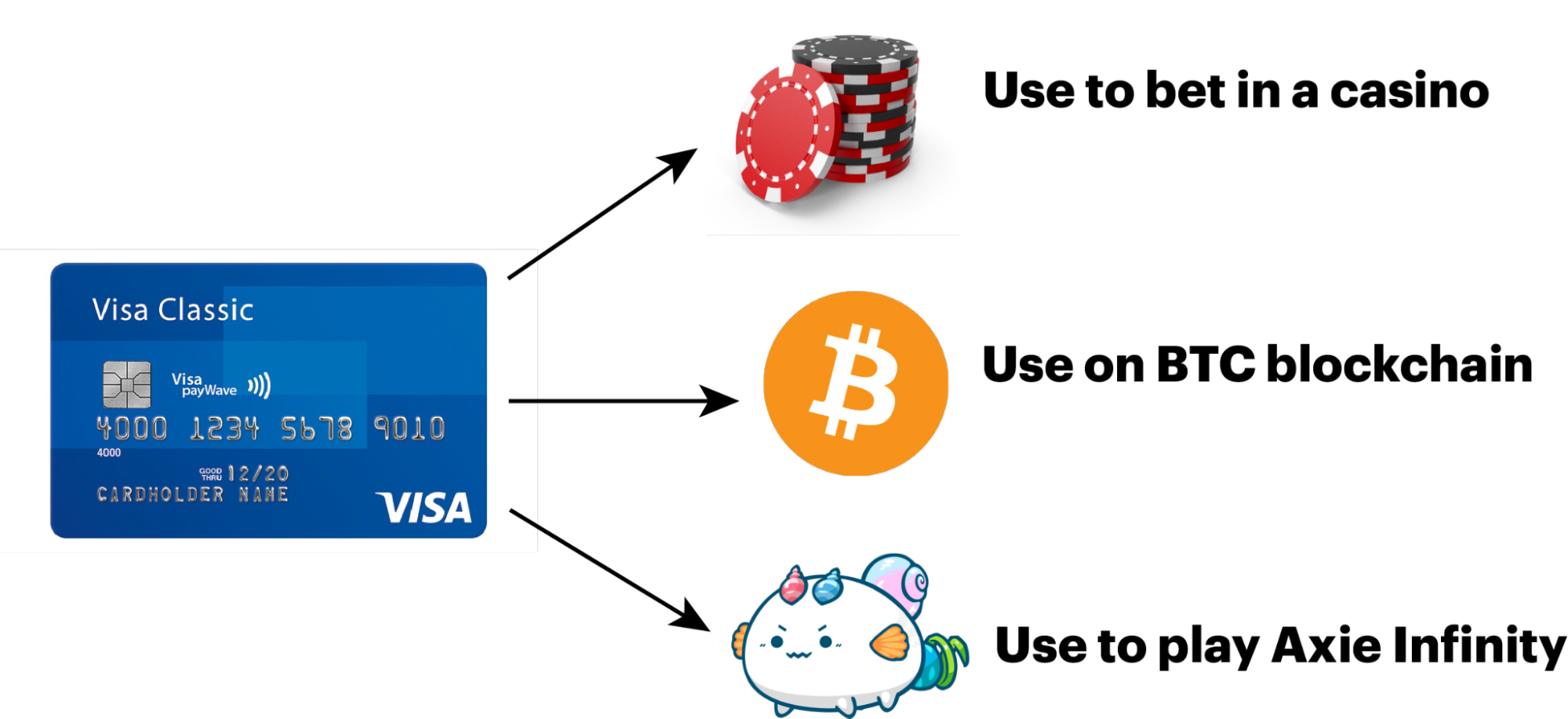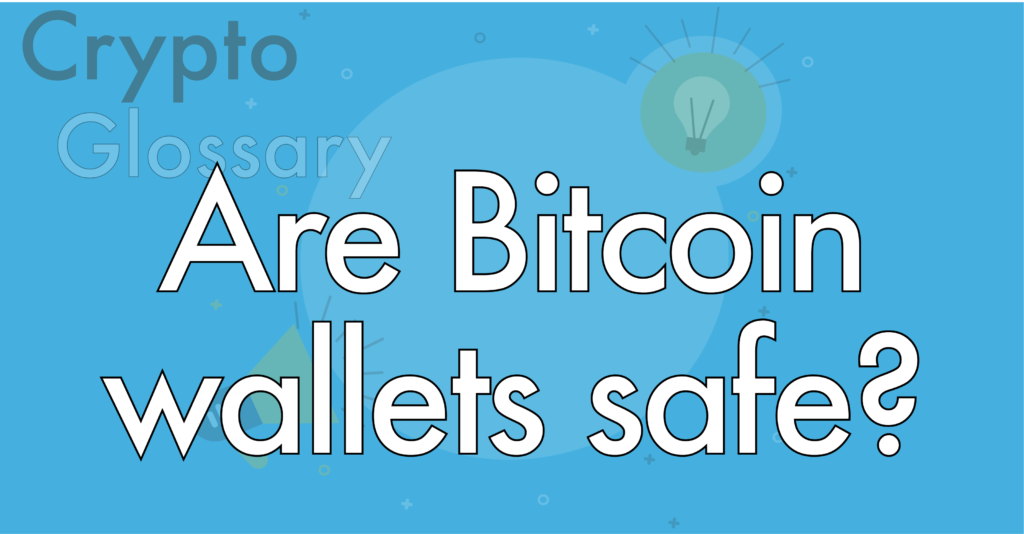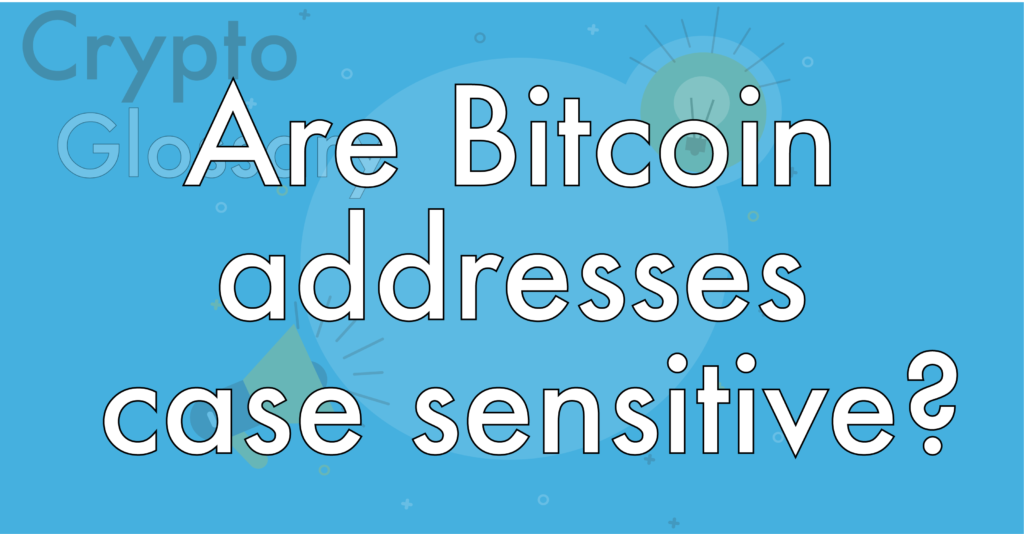Payment Tokenization
Payment tokenization involves using a unique string of numbers or letters (tokens) to replace sensitive customers’ data like a primary account number (PAN), address, and card number
Financial services, particularly retail banking has made significant strides over the years. Since its early beginnings, it has now become a thriving ecosystem with $400 billion in annual consumer spending.
But with growth come challenges. Retail banking has to deal with many issues, including credit card theft. FTC reports that credit card fraud led to losses of over $5 billion in 2021 alone.
While most expect the figure to spike in the coming years, blockchain technology seems to offer a solution – payment tokenization. To this day, the concept has proven to prevent incidents of security breaches by up to 99%. But how exactly does it work? Let’s find out.
Tokenization – The origins of the new era of security in payments
To understand the idea behind payment tokenization, it is necessary to understand the concept of tokenization itself. Tokenization is not new and has been around since the dawn of time. A keen example is the exchange of money for chips at a casino or the conversion of funds for tokens at a slot machine.

You give money and receive a tokenized representation of the money. This representation can be used for a particular purpose within a particular system.
The general idea behind the concept is simply the substitution of one item to represent another within a particular framework. And this can be applied in different industries.
Table of contents
Tokenization and data security
So, what is tokenization when it comes to the privacy of data? In short, it substitutes a sensitive data element with a non-sensitive equivalent, known as a token. This token often has no innate value and with the use of a tokenization system, it maps back to the sensitive data (the actual, real value).
While tokenization seems foolproof, there are some factors that ensure the safety of sensitive data. The system has to store, authorize, and audit while being isolated from any applications that store sensitive data.
Understanding payment tokenization for card security
Having established the connection between tokenization and data security, we can now focus on payments. We already explained that tokenization is the process of replacing sensitive data with non-sensitive data. The same rule applies for payment tokenization.
The payments industry leans heavily on the use of credit cards with billions of credit card transactions being settled annually. Alongside the spike in credit card usage, there is the growing threat of bad actors breaching security processes to steal user data. In 2017, a staggering 130,000 credit card fraud was reported with the same jarring numbers recorded in several jurisdictions globally. To get around this threat, payment tokenization has been touted as a veritable solution.
Payment tokenization explained simply is somewhat difficult. Essentially, it involves using a unique string of numbers or letters (tokens) to replace sensitive customers’ data like a primary account number (PAN), address, and card number.
This token is generated randomly and is often issued in real-time and has no connections to the user accounts. No sensitive data belonging to the user is used in the process. Rather, the token points where the information is being held in the customer’s bank. Thus, the function of the token apart from masking sensitive data is to access, pass and transmit credit card information between systems.
Token generation makes use of mathematical algorithms that have proven to be secure and reliable. The implication of this is that, even if, the token falls into the hands of bad actors, there is little they can do to breach user accounts.
How does it work?
The following step-by-step process explains how to process works.
- The first step involves the cardholder kickstarting the process by inputting their credit card data at the Point of Sale.
- This data is received by the merchant bank as a token upon which the merchant bank passed the token to the credit card network seeking authorization.
- Upon receiving the authorization, the token is matched to the account number of the cardholder which is stored securely in the bank’s digital vault. This is the standard process used by payment tokenization platforms like Token.io, a comprehensive toolkit for account-to-account payments.
Blockchain applications
The tokenization of payments eventually transformed into what we now know as cryptocurrency tokens. Essentially, investors use their money to acquire a digital representation of this money in the form of a token that is limited in number and impossible to copy. In time, through product development, marketing, and the eventual increase of demand, the cryptocurrency grows in value.
The same concept is now applied to multiple subsectors of the industry, including NFTs, and GameFi. Essentially, buyers acquire a community-verifiable representation of money, removing the need for government intervention. This, in turn leads to increased privacy and more freedom, which are both benefits we explain bellow.
Benefits of payment tokenization
After grasping the tokenization payment meaning and its inner workings, it is important to explore the benefits that it offers to the payments industry and the end user. We start from traditional tokenization and finally discuss blockchain tokenization.
1. Improved security
Improving security is one of the most important benefits of using payment tokenization. This stems from the fact that the token is unusable by outside parties. Only the payment processor can read the token, making it a game-changer for internal security measures.
This is particularly needed given the rising spate of payment fraud in the retail banking ecosystem. Bad actors cause the most havoc after obtaining the personal information of users; this threat is eliminated with tokenized alternatives.
2. Recurring payments
Tokenized payments can improve business profitability by allowing the latter to accept recurring payments in a safe environment. Recurring payments are particularly useful in subscription-based services; SAP Insights predicts that, eventually, over half of all software revenue will come from subscriptions.
Users can store their payment details on their favorite platforms, thereby making commercial processes easier for customers. Apart from saving time and allowing for recurring payments, it makes online shopping easier, which is essential in the post-Covid19 global market.
3. Makes regulatory compliance easier
To prevent incidences of credit card fraud, it has become imperative for service providers to impose security standards like the PCI-DSS – Payment Card Industry Data Security Standard.
The PCI-DSS requirements impose certain prerequisites for businesses to follow for the protection of sensitive data like the maintenance of a secure network, assigning a unique ID to each person with computer access, and keeping an Information Security Policy.To be compliant with the minimum operating requirements, it is necessary for firms to consider tokenization.
4. Prevent the loss of business revenue
Adopting tokenized payments insulated companies from a slew of lawsuits from aggrieved customers in the event of a security breach. From a business perspective, this is potentially the most important benefit of a payment network tokenization.
Besides handling customer trouble, businesses can also use the concept to deal with fines from regulatory bodies in their jurisdictions. Oftentimes, these regulatory penalties hover between $5,000 and $100,000. A keen example of a company that faced a difficult patch as a result of non-compliance is the video-conferencing platform Zoom. Zoom was hit with a barrage of lawsuits and eventually had to earmark $85 million to settle the claims of victims.
5. Improves privacy and freedom (for blockchain tokenization)
The idea that someone can use a tokenized identity (e.g. ENS name) to go about their day, or buy cryptocurrencies on Paybis for payments, has led to revolutionary developments. You can go about your day in a completely anonymous way.
This is the gift of Web3 and, in this way, it gives power back to the user. It also prevents authorities from cancelling and limiting individuals for subjective purposes. In turn, this leads to increased freedom of speech and open market dynamics.
Difference between tokenization and encryption
It is easy to be confused by the terminologies of tokenization and encryption. After all they have both been used to protect sensitive user payment information. However, there is a difference between these terms with each having its pros and cons.
Encryption in data security is the conversion of information into ciphertext, data that is unreadable unless it has been decrypted with authorization. Each digit of the credit card number and other sensitive details are simply replaced with another for security. However, it should be noted that encryption does not prevent interference but it makes it difficult for bad actors to interpret the data.
Hackers with sufficient skills and equipment may be able to break into the system and because of this flaw the PCI council considers it “sensitive”. However, in transactions where the card is physically present, encryption has been hailed as being one of the best security protocols.
Conversely, there is a general consensus that tokenization provides a higher level of protection in instances when the card is absent. Security experts argue that the best forms of protection might be a combination of both encryption and tokenization methods.
The key difference between both methods is that tokenized data cannot be changed to its original form and tokenization does not use a “key” to substitute original data. The original, sensitive data never leaves the organization but in encryption, the data leaves but is made unreadable.
Summing up
Tokenization is the concept of turning data or money into tokens that can be used within specific parameters. They can later be redeemed for their value, all while keeping sensitive information private.
The concept eventually gave rise to the blockchain, which is changing everything we know about privacy, and authority. While currently this is used in the real world, we may see it taking shape into virtual worlds too. The growth of Metaverses will eventually lead us into a new era of freedom.
FAQ
How does a tokenized payment solution improve transactions?
The main benefit of a tokenized payment solution is the high degree of security that it affords both businesses and individuals. By ensuring that the sensitive details remain secure, bad actors have no available options to commit credit card fraud. This is done by representing the sensitive details with the use of a token. Other benefits include the streamlining of business operations, trust between parties, and compliance with industry standards.
What is the purpose of tokenization?
Tokenization serves different purposes but in the field of data security, it is primarily used to represent customer-sensitive details for the purpose of transacting in a safe and secure manner. Put succinctly, it is used to transmit credit card information through military-grade security protocols.
How can tokenization be deployed in payments?
Tokenization in payments can be applied through the use of a tokenized payments solution that replaces a card’s primary account number (PAN) with a string of randomly generated unique alphanumeric characters.
Disclaimer: Don’t invest unless you’re prepared to lose all the money you invest. This is a high‑risk investment and you should not expect to be protected if something goes wrong. Take 2 mins to learn more at: https://go.payb.is/FCA-Info


